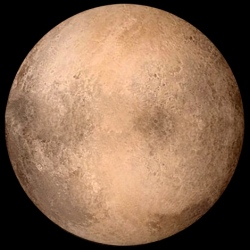
The Transiting Exoplanet Survey Satellite (TESS) will discover thousands of exoplanets in orbit around the bright stars. In a two-year survey, TESS will monitor more than 200,000 stars for temporary drops in brightness caused by planetary transits.
This first-ever spaceborne all-sky transit survey will identify planets ranging from Earth-sized to gas giants, around a wide range of stellar types and orbital distances. No ground-based survey can achieve this feat.
The Transiting Exoplanet Survey Satellite (TESS) is a planned space telescope for NASA’s Explorers program, designed to search for exoplanets using the transit method.
TESS will provide prime targets for further characterization by the James Webb Space Telescope, as well as other large ground-based and space-based telescopes of the future.
TESS’s survey will focus on nearby G- and K-type stars. Approximately 500,000 stars will be studied, including the 1,000 closest red dwarfs, across an area of sky 400 times larger than covered by the original Kepler mission.
TESS is expected to discover more than 3,000 transiting exoplanet candidates, including those which are Earth sized or larger. Of those discoveries, an estimated twenty could be super-Earths located in the habitable zone around a star.
Exoplanet candidates could later be investigated by the Automated Planet Finder telescope, the HARPS spectrometer and both the future ESPRESSO spectrometer and James Webb Space Telescope.
